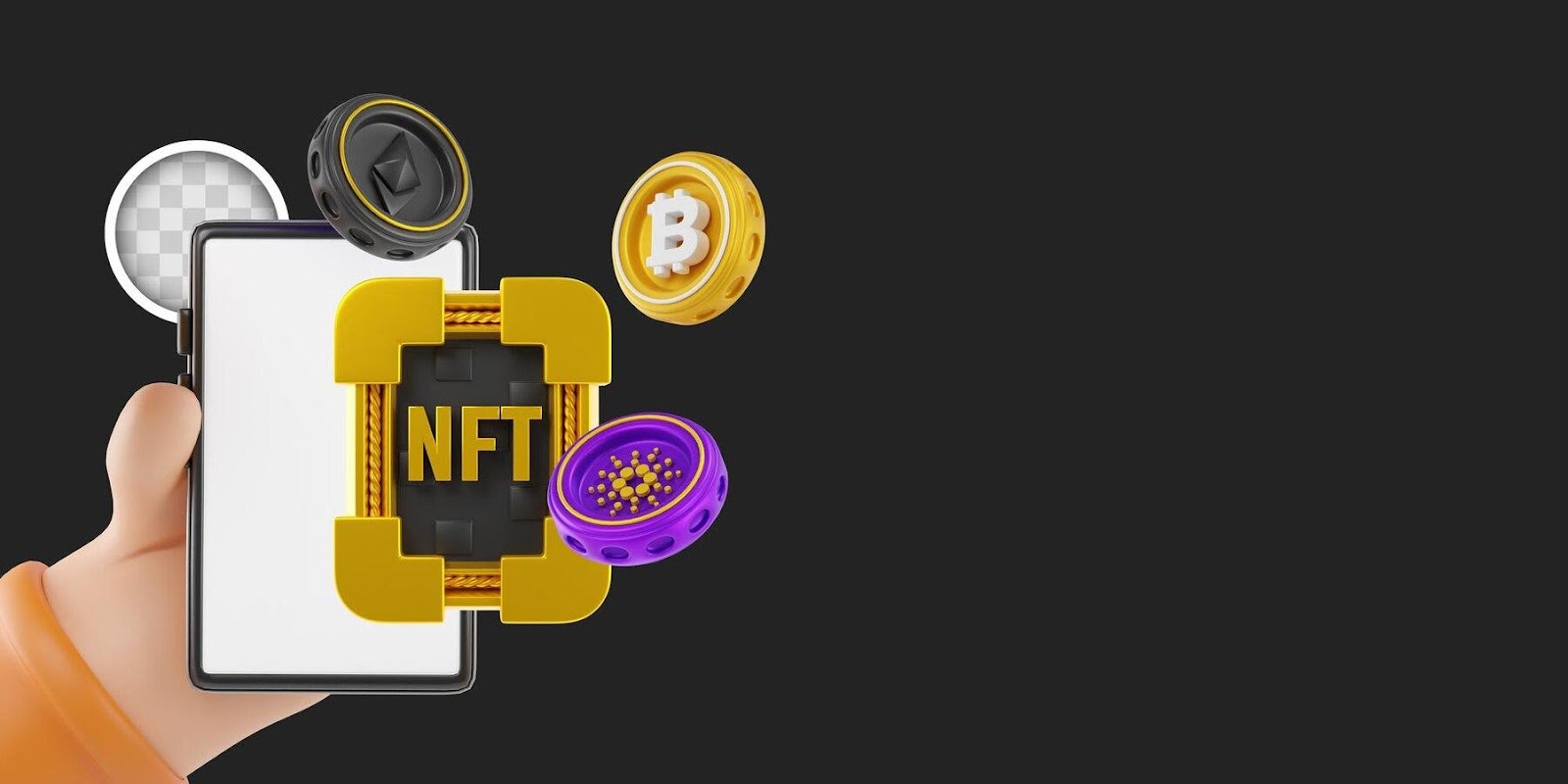In recent years, blockchain technology and smart contracts have become popular topics in the world of finance and investment. Although they offer many opportunities, such as security and transparency, scammers have also found ways to use these technologies to deceive users. In this article, we will take a detailed look at how scammers use smart contracts, identify key signs of fraud, and suggest ways to protect your investments.
Understanding Smart Contracts
Smart contracts are self-executing contracts with terms defined by program code. They are hosted on blockchain platforms like Ethereum and automatically execute when specified conditions are met. This technology allows transactions to be conducted without intermediaries, reducing costs and time.
However, the use of smart contracts also creates new opportunities for scammers. Due to the complexity of the technology, not all investors are able to fully understand how smart contracts work. This creates room for manipulation and fraud.

How Scammers Use Smart Contracts
Fake Projects and ICOs
One of the most common methods of fraud in the blockchain sphere is fake projects and ICOs (Initial Coin Offerings). Scammers create the appearance of a legitimate project, often using complex smart contracts to convince investors to invest money. Such projects usually promise high returns and unique technologies, but in most cases, they turn out to be empty shells created only to extract money from trusting investors.
Scammers can use different methods to create fake projects: they can forge licenses, create fake reviews, or even enlist famous personalities to increase trust. An important aspect is the lack of transparency. Sometimes scammers use smart contracts that cannot be verified, hiding their true intentions and violations.
Poorly Written or Vulnerable Contracts
Improperly written smart contracts can contain vulnerabilities that scammers can exploit for their own benefit. Even if a smart contract was developed with good intentions, errors in the code can open the door for attackers. For example, vulnerabilities such as "integer overflow" or "reentrancy" can be used to bypass the contract's protection mechanisms.
Scammers can create their own contracts using vulnerabilities in others, or even modify existing contracts to deceive users. Understanding how smart contracts work can help users identify potential problems and avoid traps.

Complex Deception Mechanisms
Some scammers use more complex methods, such as "pump and dump" or "pyramid schemes," to manipulate token prices. These methods often combine the use of smart contracts to create fake trading or volume manipulation to create the appearance of demand for an asset.
Often, these schemes also attract participants through promises of high returns, which generates intense interest from inexperienced investors. Complex mechanisms may include the use of bot systems that automatically create demand for tokens, artificially driving up their price.
Additionally, scammers may use social engineering to trick users into interacting with unscrupulous smart contracts, making the process even more insidious.

Examples of Smart Contract Fraud
OneCoin Project
One of the most well-known examples of cryptocurrency fraud is the OneCoin project. It was marketed as a "blockchain educational platform" but was actually a financial pyramid scheme. They used complex words about blockchain technology and smart contracts to mislead investors, selling fake tokens. The scammers collected billions of dollars, deceiving hundreds of thousands of people.
PlusToken Platform
Another well-known example of fraud is PlusToken, which attracted attention with a large volume of investments and promises of high returns. The platform promised users a return on investment of up to 300% per year. Despite its apparent legitimacy, the platform turned out to be a scam, and users found it difficult to recover their funds.
How to Protect Your Investments from Scammers
Due Diligence and Project Verification
The first rule is to conduct thorough project checks. Investors should research the development team, their reputation, and their experience in smart contract development. Checking the team's reputation, their previous projects, and community reviews can significantly reduce investment risk.
Moreover, it is important to study the technological aspects of the contract itself. If a smart contract cannot be verified or is described in overly complex language, it may be a sign of distrust. The cost of smart contract audits should be minimal compared to potential losses from fraud.

Using Reliable Platforms
Investing through well-known and verified platforms is one way to minimize risks. Platforms that have already established themselves in the market are unlikely to want to ruin their reputation and are more interested in protecting their users.
Additionally, choose exchange services that offer refund mechanisms in case of fraud. Keeping track of your assets and using multi-factor authentication can also help prevent information and funds leakage.
Education and Awareness
One of the most effective ways to protect yourself is education. Consider education as an investment. Knowing how smart contracts work can protect you from most types of fraud. Participating in specialized courses and seminars can help you better navigate the future of the cryptocurrency market.
Keep up with updates in the field of legislation and actively monitor news about fraud and new schemes. The more you know about threats, the easier it is to avoid traps.
Smart contracts are a powerful tool in the blockchain field but are also a playground for fraud. It is important to be attentive and cautious when interacting with new projects and technologies. Protecting your investments requires effort, education, and verification. Yes, blockchain and cryptocurrency technologies offer many opportunities, but they also require responsibility and vigilance from investors. Awareness and a proactive approach to combating fraud can significantly reduce the risk of losing your funds.
